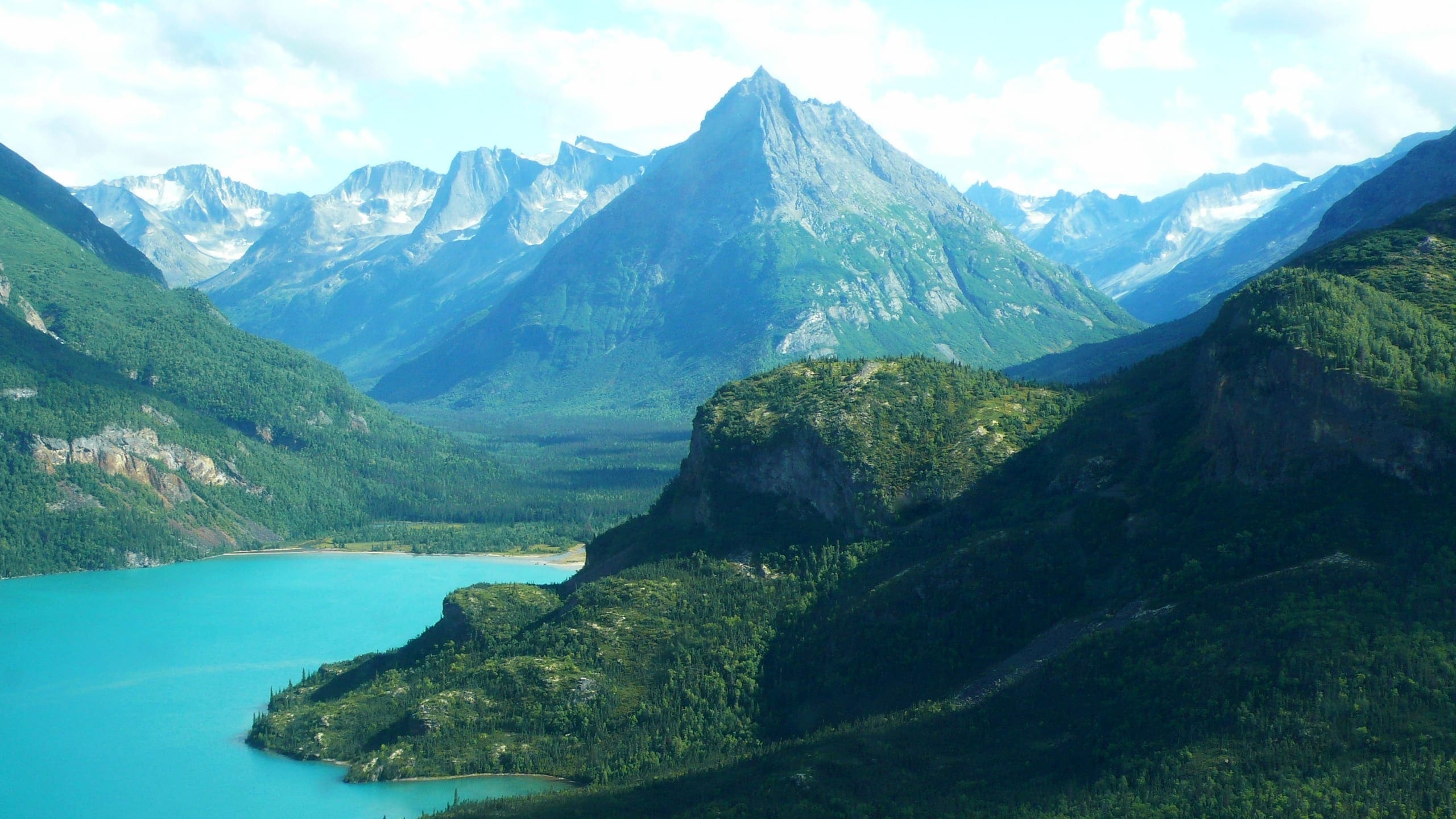About Lake Clark National Park & Preserve
Lake Clark National Park and Preserve was established on December 2, 1980, under the Alaska National Interest Lands Conservation Act (ANILCA), to protect the watershed supporting red salmon, the scenic beauty and quality of portions of the Alaska and Aleutian ranges, and the habitat for and populations of fish and wildlife, and to permit subsistence uses where such uses are traditional.
Located in southwest Alaska, Lake Clark National Park and Preserve covers approximately 4 million acres of land and is a microcosm of many regions of Alaska. Elevations range from sea level to Mount Redoubt’s 10,197 feet. The park’s spectacular scenery stretches from the shores of Cook Inlet, across the Chigmit Mountains, to the tundra-covered hills of the western interior. The Chigmits, where the Alaska and Aleutian ranges meet, are an awesome, jagged array of mountains and glaciers, which include two active volcanoes, Mount Redoubt and Mount Iliamna. Lake Clark, 42 miles long and the sixth-largest lake in Alaska, and many other lakes and rivers within the park are key salmon habitat for the Bristol Bay salmon fishery, one of the largest sockeye salmon fishing grounds in the world. The park also contains three designated wild rivers: the Chilikadrotna, Mulchatna, and Tlikakila rivers.
Lake Clark National Park contains some 2.6 million acres of public land and includes almost all of the rugged and glaciated Chigmit Mountains as well as 123 miles of coastline along Cook Inlet. The national preserve encompasses more than 1.4 million acres and adjoins the national park on the south and west in an area of rolling foothills, boreal forests, alpine lakes, wild rivers, and sweeping expanses of tundra. Approximately 2.4 million acres of the park and preserve are designated wilderness to preserve the area’s natural conditions and wilderness character in perpetuity.
Located approximately 100 air miles from Anchorage, access to Lake Clark National Park and Preserve is almost exclusively by small aircraft. The park is not accessible by road. A small visitor contact station is located in Port Alsworth. Due to the remote nature of the park and preserve, limited visitor services are also offered in the gateway communities of Homer, Kenai, and Anchorage.
Source: Foundation Document Overview – Lake Clark National Park
Fast Facts:
| Date the Park was Established: | December 2, 1980 |
| Park Area (as of 2019): | 2,619,816.49 acres (10,602.0 km2) |
| Recreational Visitors (2018 Total): | 14,479 visitors |


